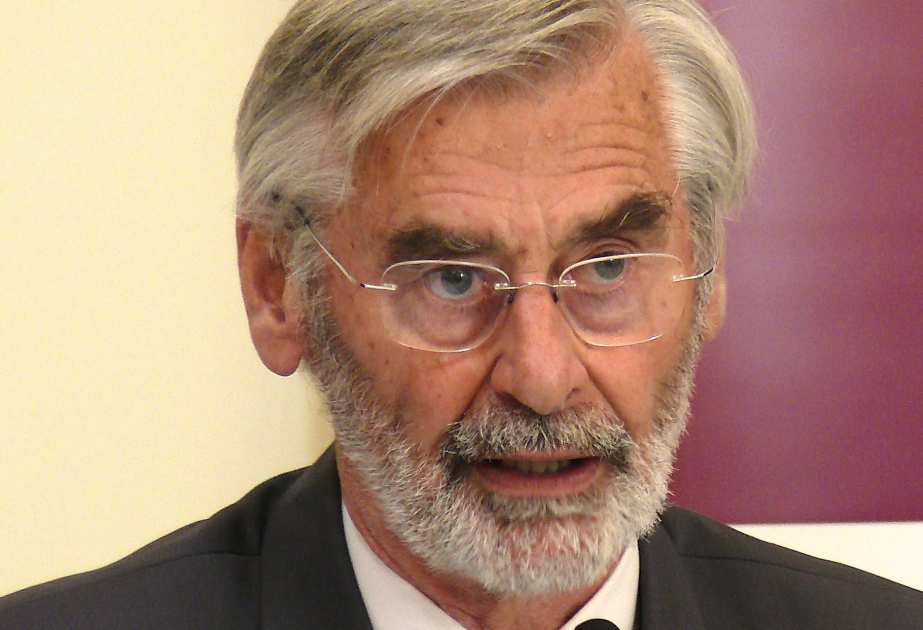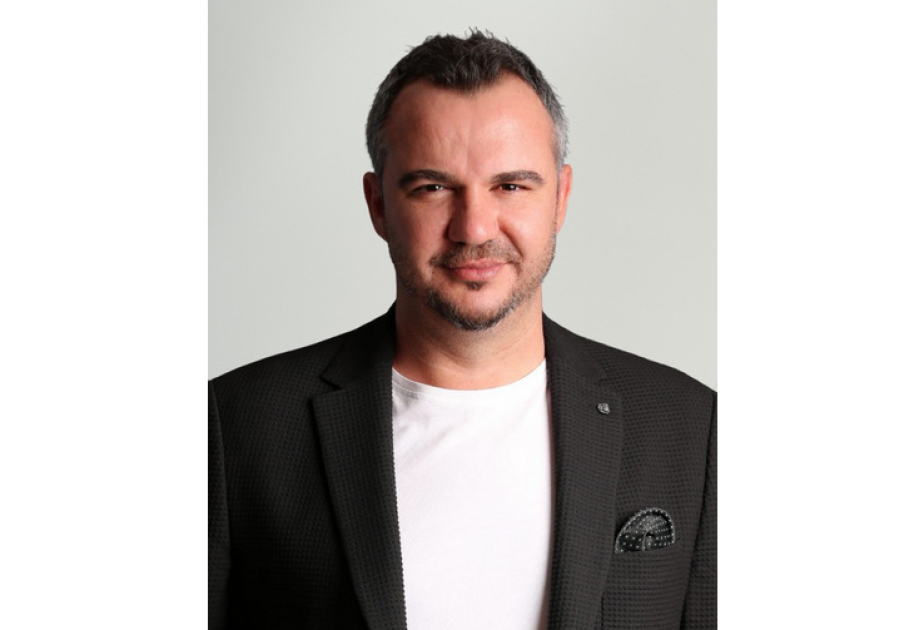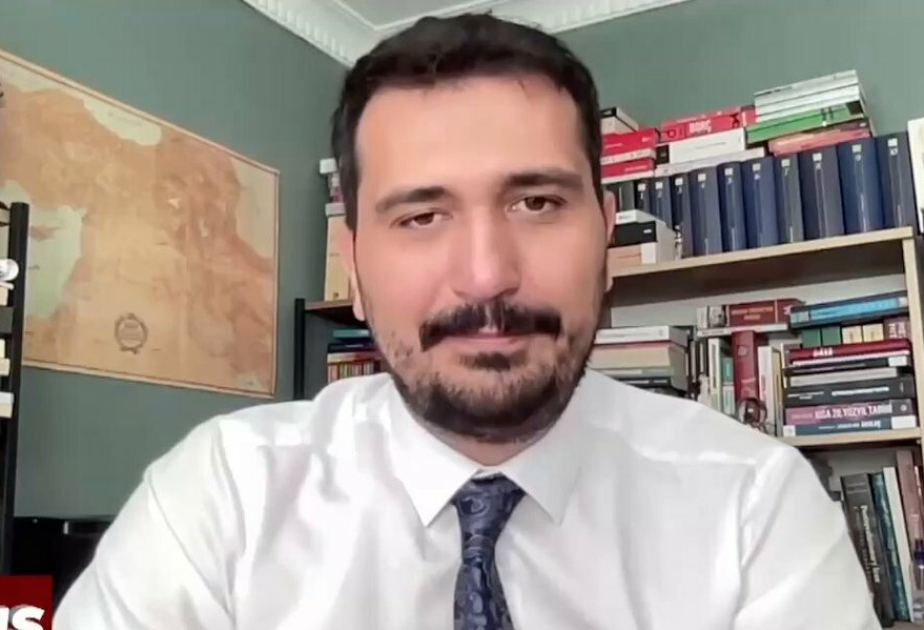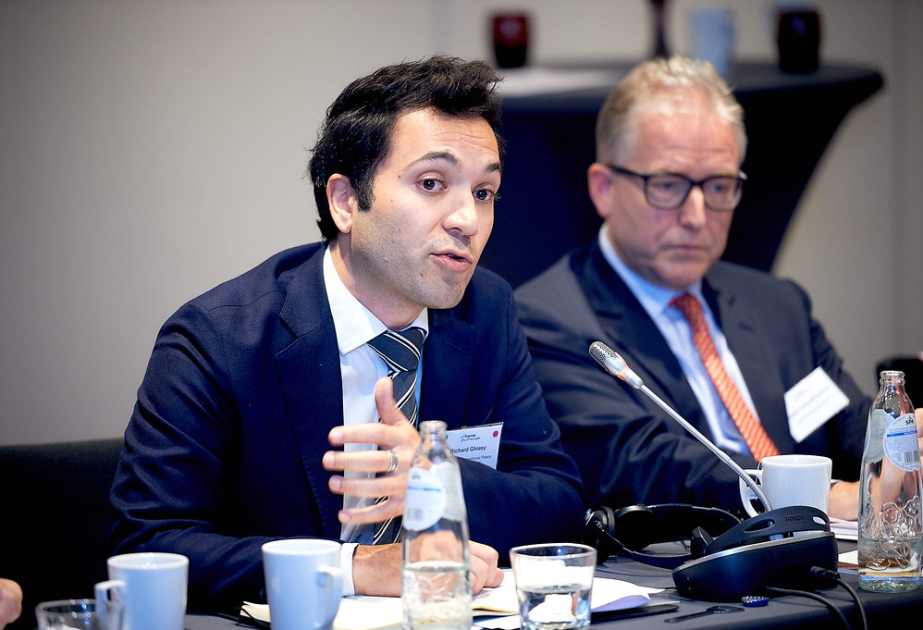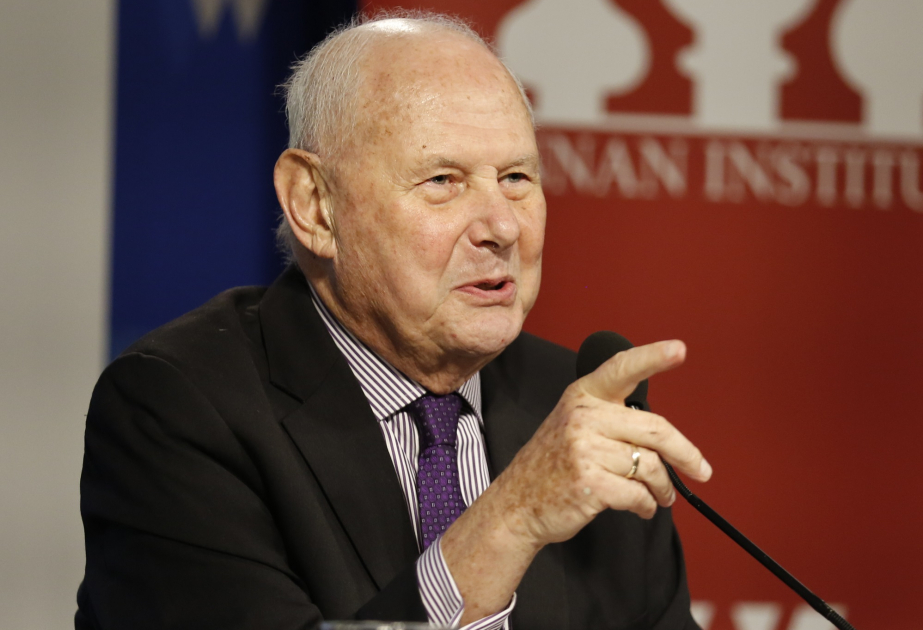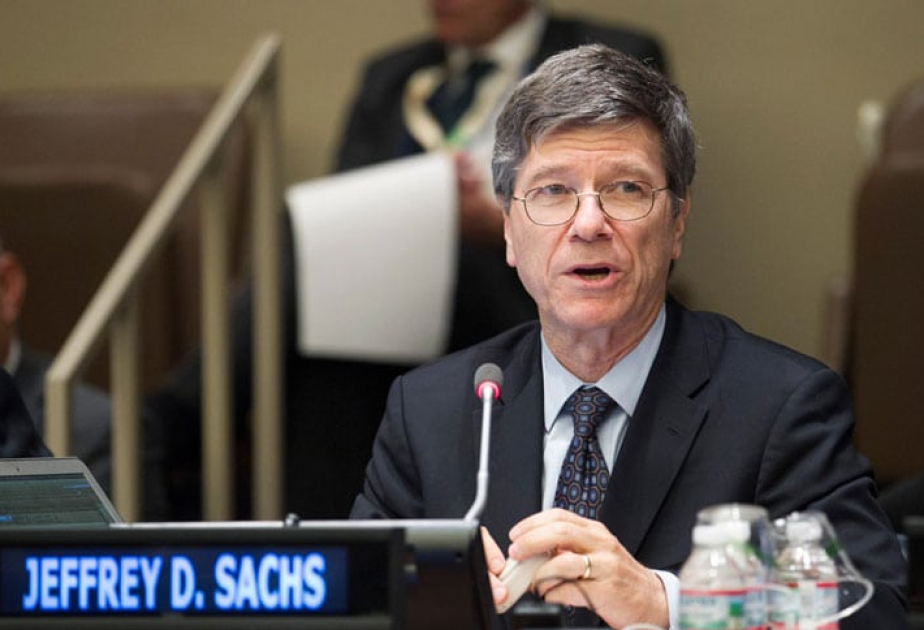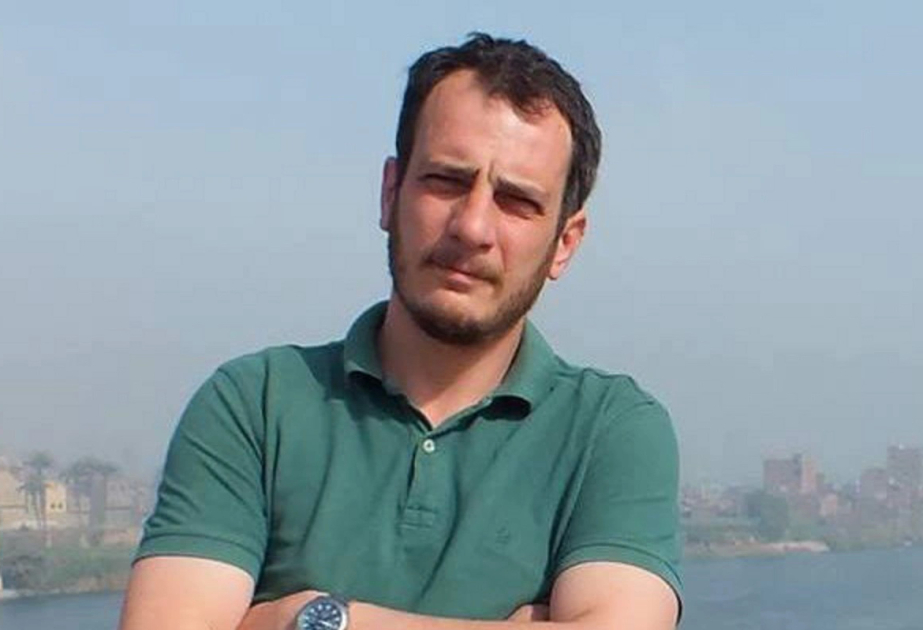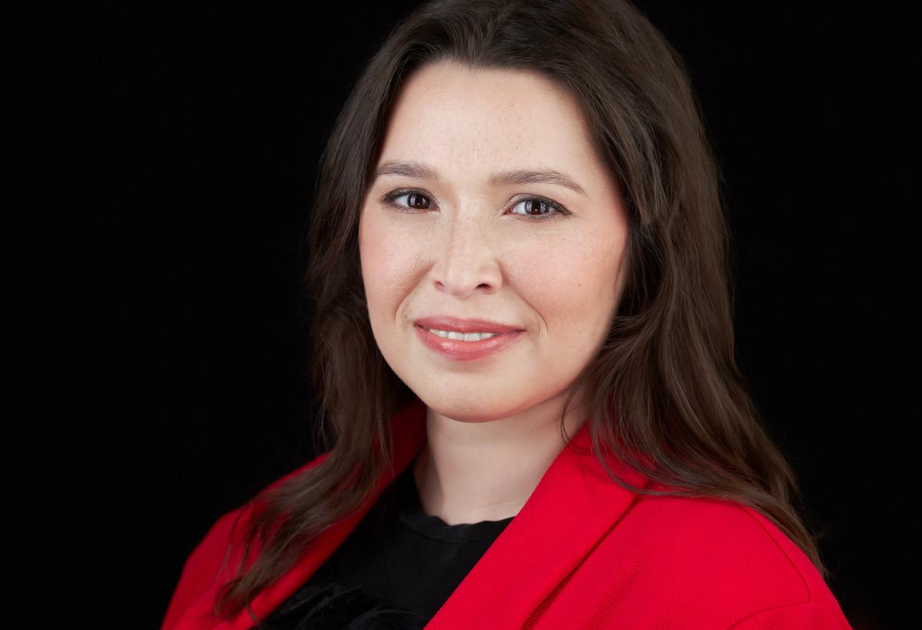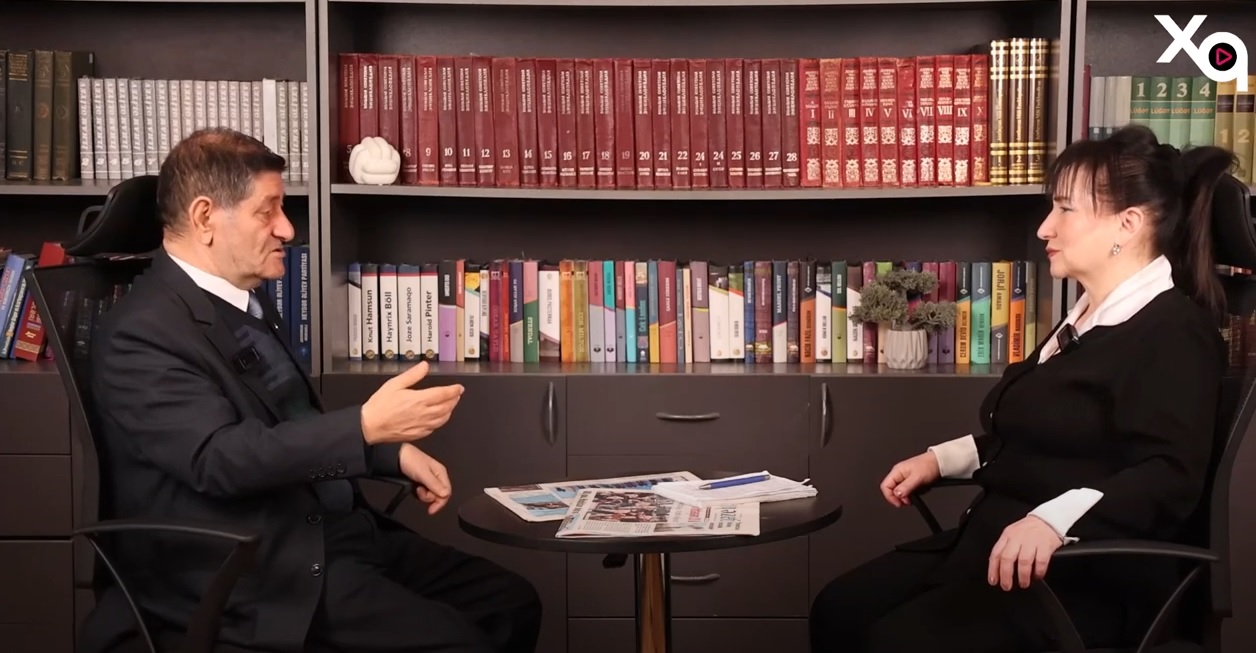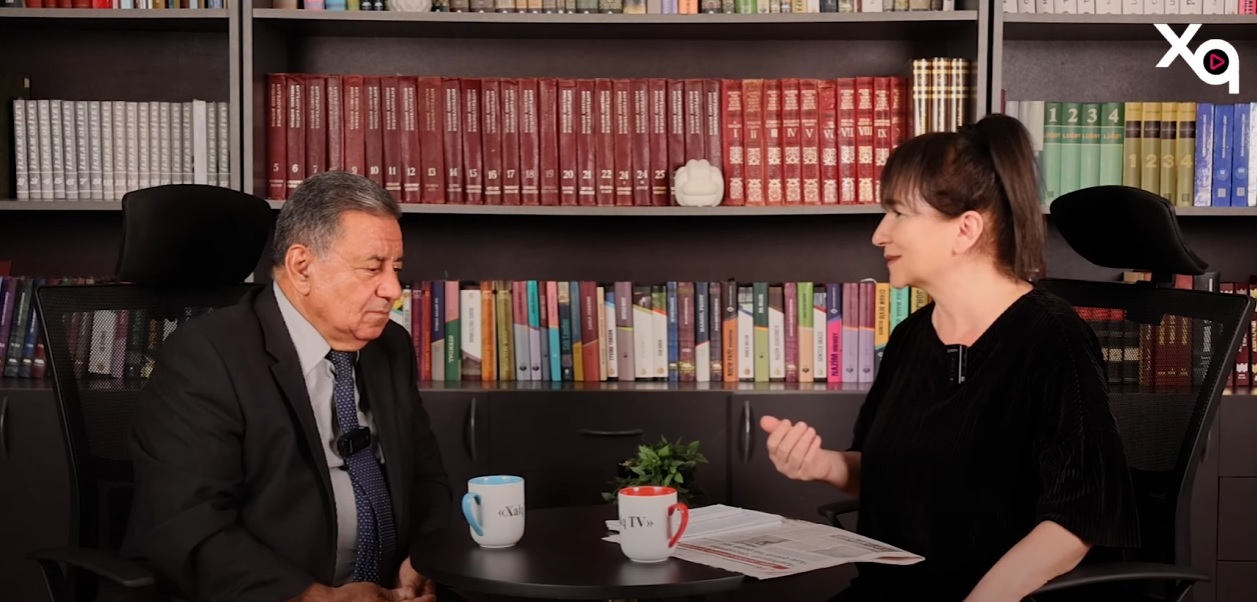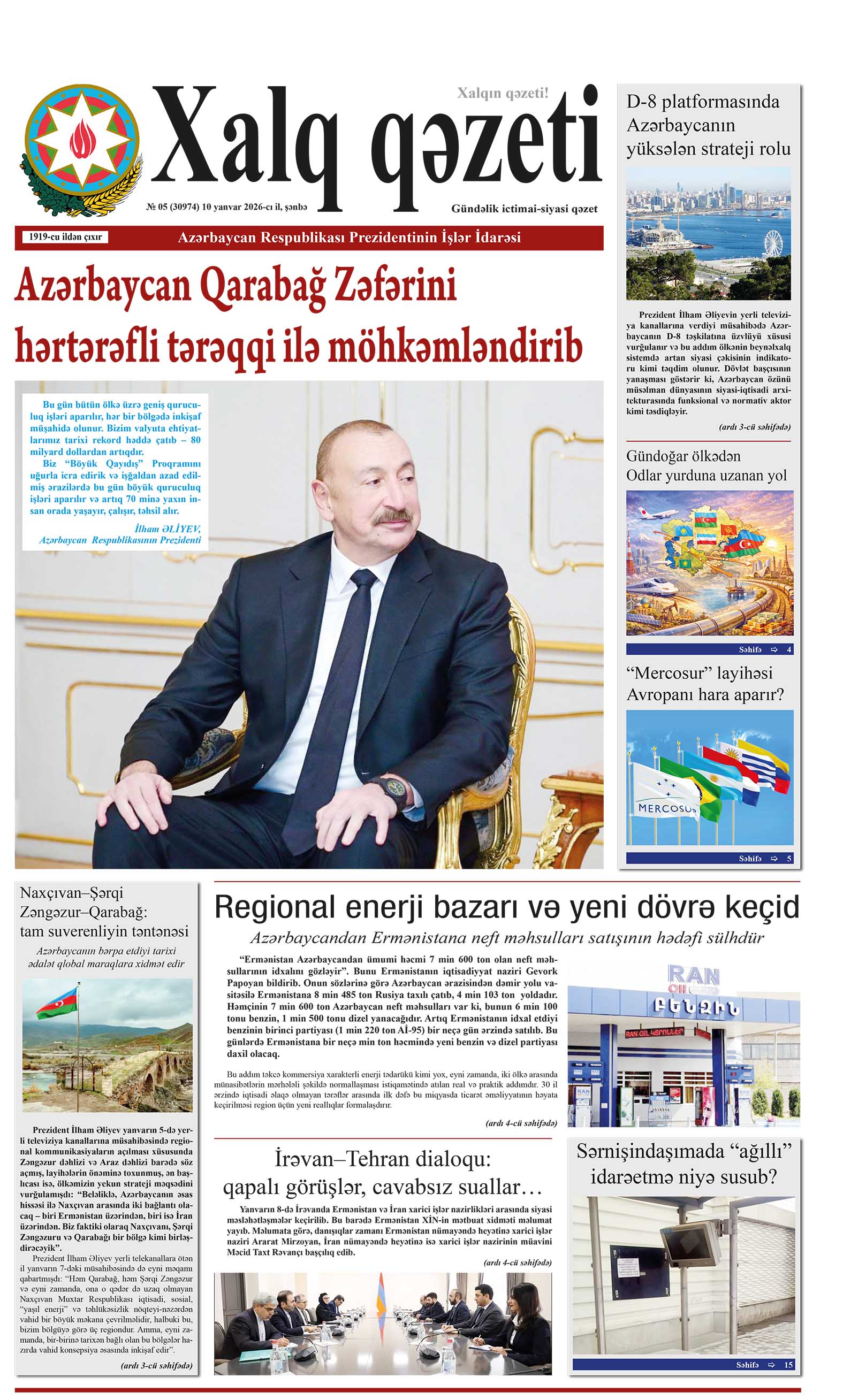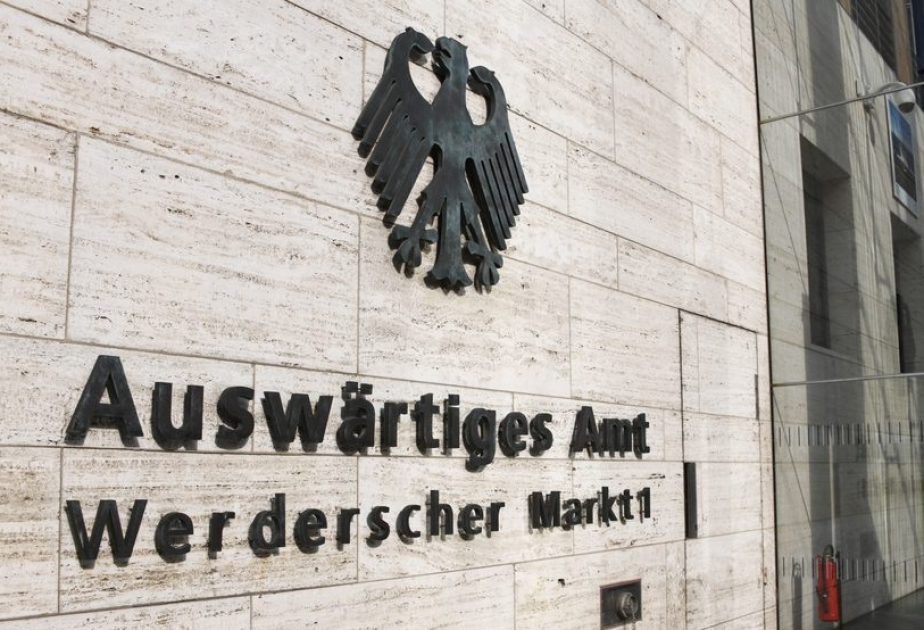AZERTAC presents an interview with Michael Emerson, a leading expert on the European Union’s (EU) foreign policy, Senior Research Fellow at the Centre for European Policy Studies (CEPS), former EU Ambassador to Russia, and former Head of the Eastern Europe Division at the European Commission.
-Mr. Emerson, how do you generally assess the importance of the Middle Corridor for the European transport and trade strategy in light of the current geopolitical changes? How do you assess the other competing routes?
-These are indeed the basic questions, so let’s go through the relative competitiveness of the options. The Middle Corridor is certainly a useful addition to the four other competing routes and transport modes. Its freight costs can be around $150 per ton, but the route is still slow (taking 25-30 days), with small but growing volumes. As regards the competition:
First, by train across Russia with the Trans-Siberian railway. This, in theory, would be the best route, but Russia has ruled itself out as a major route with its invasion and war against Ukraine, and even in peacetime due to the limited capacity of the Trans-Siberian railway.
Second, by ship from China and other Asian states to the EU via the Red Sea and Suez Canal. The freight cost can be similar to the Middle Corridor at around $150 per ton for a full container but can take only a little longer than the Middle Corridor (27-35 days); it is well developed with the huge container ships, but is subject now to geo-political risk as illustrated by the Yemen Houthi attacks on shipping.
Third, by ship around South Africa if necessary. It is free of borders or geopolitical risk, but costs more at around $250 per ton and takes even longer (42-49 days).
Fourth, by air freight from Asia to Europe. Air freight flight paths can easily be adjusted to avoid conflict zones. Costing around $8,800 per ton, of course, this is very expensive and limited to low weight and high-value goods, but it is fastest (around 6 days). However, within this constraint it works with impressive efficiency. I had a tiny personal experience last week with an online purchase of some household goods from China. This arrived fast and at very low cost, with online tracking of the passage of the goods from airport to airport.
Freight rates for both the Middle Corridor and the Sea routes are highly sensitive to changing economic and political conditions, so the cost comparisons can be very volatile, and the numbers quoted can get out of date quickly. The volumes transported along the Middle Corridor have been rising, reaching 4 million tons in 2024, but this is still dwarfed by the sea route carrying over 200 million tons. So, the Middle Corridor remains still only a niche option in the market.
-How do you assess the current geopolitical risks of these options?
-Given that the Russian route is out of the game, the key issue today is whether the very recent Israel-Iran war eliminates the Yemen Houthi risk for shipping, and whether the Israeli military power and successes, backed by the US, mean now a prospect of regional security for this Europe-China trade route. Maybe, but it’s too early to be sure.
The Middle Corridor itself is not without risks, given the number of countries involved. As for the South Caucasus Azerbaijan’s recent war with Armenia leaves business people wanting to see confirmation of a real and durable peace; and the political situation in Georgia is now extremely tense, between the oligarchic government tending towards Russia, bitterly opposed by a pro-European population and civil society. And you are next door to the highly combustible Iran. Possible spillover into the South Caucasus has been the subject of some speculation when the crisis with Israel was looming up, but thankfully it proved to be only speculation.
But overall, for the last year the Middle Corridor has outperformed the Suez Canal sea route on account of security risks, while still lacking capacity to be a major competitor to the sea route.
-What is the interest of the European Union in the development of the Middle Corridor? What steps is the EU taking to support this route? To what extent are European companies and logistics operators ready to diversify supply routes towards the Trans-Caspian direction?
-Europeans can see the Middle Corridor having two roles:
- First, to serve as a geopolitical diversification insurance policy
- Second, to occupy an economic niche role between the very fast air freight and very slow shipping, both of which are direct links without transit complications.
The EU has developed its Global Gateway program, which is well positioned to fund elements of the needed infrastructure. My impression is that European logistics operators experiment with the Middle Corridor, but certainly keep their options open and still regard shipping and air freight as the primary modes.
We have to watch and see how far the new wave of de-globalization tendencies may go. This concerns first of all the huge reliance of both the US and EU on supplies from China for manufactured goods, which not only President Trump considers to be unsustainable. The EU uses the term ‘de-risking’ in relation to trade with China. Has globalization now peaked, reducing future projected transport requirements across the main global pathways?
-How do you assess the role of Azerbaijan in ensuring the sustainability and efficiency of the Middle Corridor?
-Every link in the chain of countries is vital. A chain is as strong as its weakest link. Azerbaijan is a strong link in the chain with its serious commitments to the complex task of transshipment between sea and rail or road modes centered on Baku.
- Given the geographical location and infrastructure projects of Azerbaijan, can we say that Baku is becoming a link between Europe, the South Caucasus, and Central Asia?
-Yes, absolutely. Thanks to its strategic location at the crossroads of key transport routes, Baku plays the role of an important hub in the emerging Eurasian transit system. The development of the Alat port, as well as the modernization of railway and road corridors, enhance the city's potential as a logistics hub.
- How do you assess the potential for expanding EU-Azerbaijan bilateral cooperation in transport, energy and digitalization?
-Azerbaijan’s role in diversifying the EU’s gas and oil supplies, notably against the background of cutting supplies from Russia, is widely appreciated in Europe. But the proportions have to be kept in mind. Azerbaijan can only contribute a relatively small fraction of former Russian supplies.
- What do you think are the main risks associated with the implementation of the Middle Corridor? Can the EU play a mediating or coordinating role in the formation of common standards and governance of the Middle Corridor?
-The main risk is that the many governments involved between China and the EU will not collectively be able to agree to common standards and governance. This is needed to cut the journey time. Unless this is done, the Middle Corridor’s attractive image as the New Silk Road could remain more a dream than reality. Might one imagine the EU and China agreeing to co-sponsor conferences of the participating countries to advance on these issues, for which Baku would be an admirable venue?
- What steps do you think the Middle Corridor countries, including Azerbaijan, need to take to make this route competitive, secure and sustainable?
-To be truly competitive with the dominating sea route, the Middle Corridor would need to boost its capacity with major infrastructural investments all the way along the route. One bottleneck can wreck the value of all other investments.
The Middle Corridor needs also to move as fast as possible towards friction-free movement of goods across the many borders of Central Asia and the South Caucasus so as to cut the total journey time. The Middle Corridor has to go faster! This is easier said than done. It requires deep and trusting cooperation between all the states involved. For example, for customs inspections to be lifted across various borders, there needs to be trust that this would not facilitate smuggling of illegal products such as drugs and weapons. The EU has the experience of virtually eliminating internal controls over cross-border movements of goods, but this was a long and tough task, only happening because it was part of a deep integration project. Neither the South Caucasus nor Central Asia seem ready for this, much as the EU would like to see it happen. So, listen to logistics operators and see what can be done to ease their concerns.


